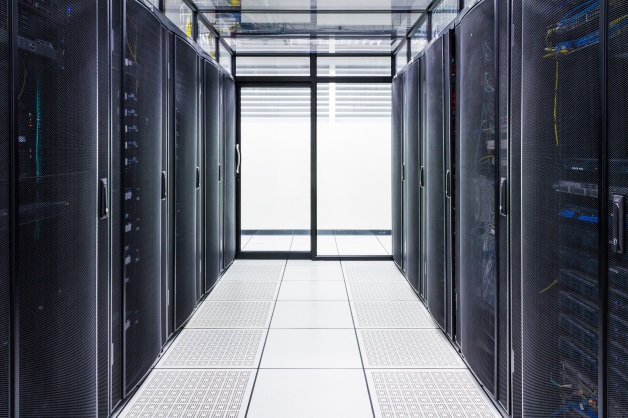博客
主页 » 博客 » Why Do Idle Servers Exist in the Data Center?
Why Do Idle Servers Exist in the Data Center?
Posted on February 24, 2016 by Gento

When orchestrated correctly, the data center is a symphony of disparate devices working together in complete harmony. But, the reality is that few data centers are as orderly as the New York Philharmonic. In 2012, the Uptime Institute published a report that found around 30% of data center servers were under-utilized or altogether idle. But why do idle servers exist in the data center in the first place?
In November of 2015, Andy Patrizio provided the following insights in ITworld:
“So why does this problem continue to go unaddressed? Two reasons: the IT group does not have responsibility for the electric bill and IT does a lousy job tracking ownership of the servers once deployed. It buys the servers but doesn't pay the electric bill or keep a proper inventory and that allows zombies to proliferate.”
The article also points to other common causes of idle servers, such as turnover.
"Over time, what you find is the people with the knowledge of the environment change jobs or get let go and there is no knowledge transfer. No one knows what those servers are so they don't touch them. They assume if it's there it's running in production and they don't do anything with it."
Read more of Patrizio's article in the latest edition of the Hot Aisle.
But while fingers get pointed, companies continue to incur the costs. Consider that a typical five year old server, that is not ENERGY STAR compliant could consume 175 watts at idle. If 10% of the servers in a 1000 server data center are ghost servers, and electricity costs $0.15/kwh, it equates to roughly $23,000 of un-necessary expense not including your cooling expenses.
So what’s the answer? Well in 2011, Cisco embarked on a two-year initiative that saved the company at least $9M annually in electricity costs. The lion’s shares of those savings were the result of installing and configuring rackmount power strips across 1,600 labs globally. Those metered and switched PDUs, helped the company to monitor power and energy, and manage it more efficiently. The company saw additional savings by using remote power controls to automatically shut down equipment when not in use.
Although achieving $9M in annual savings may not be obtainable for every data center, Cisco’s story illustrates the benefits of proper rack instrumentation. So for now, one of the keys to preventing idle servers from running up the tab is to simply be able to spot them.
Learn more about rack power distribution units from Raritan and DCIM power monitoring solutions.
Other Blog Posts
- The cascade effect of data center failure on businesses - why sensors are essential
- Posted on November 5, 2023
- 人工智能的快速发展和使用力登PDU满足更高的电力需求
- Posted on October 11, 2023
- Data Center Report Fewer Outages, But Downtime Still Costly
- Posted on September 20, 2023
- Survey: Energy Usage and Staffing Shortages Challenge Data Centers
- Posted on September 20, 2023
- 力登安全交换机(RSS):安全NIAP 4.0兼容式桌面型KVM
- Posted on September 20, 2023
力登官方微信公众号
力登官方微信公众号

近期活动
- New Zealand Cloud & Datacenter Convention 2022
- 3 November 2022, 9am – 4pm • Grand Millennium Hotel, Auckland, New Zealand
- Data Centre World Singapore
- 12th – 13th Oct 2022
- Korea Cloud & Datacenter Convention 2022
- 6th Oct 2022
- Philippines Cloud & Datacenter Convention 2022
- 4th Aug 2022
- JANOG50 Meeting Hokkaido
- 3th – 15th July 2022
力登最新新闻
- 重振数据中心行业—罗格朗重磅推出两款革命性的智能机架式PDU!
- Posted on May 1, 2023
- 独家专访丨惠州如何升级制造业?法资企业CEO提了个建议
- Posted on December 2, 2021
- 力登公司推出MasterConsole®数字双显示器KVM切换器
- Posted on February 18, 2021
- Legrand Data, Power and Control Division Announced as Finalist in Six Categories at DCS Awards 2020
- Posted on November 9, 2020
- 力登公司(Raritan)推出新型智慧型机架控制器(SRC),用于智能地管理数据中心和关键基础设施中的环境和安全信息
- Posted on November 9, 2020